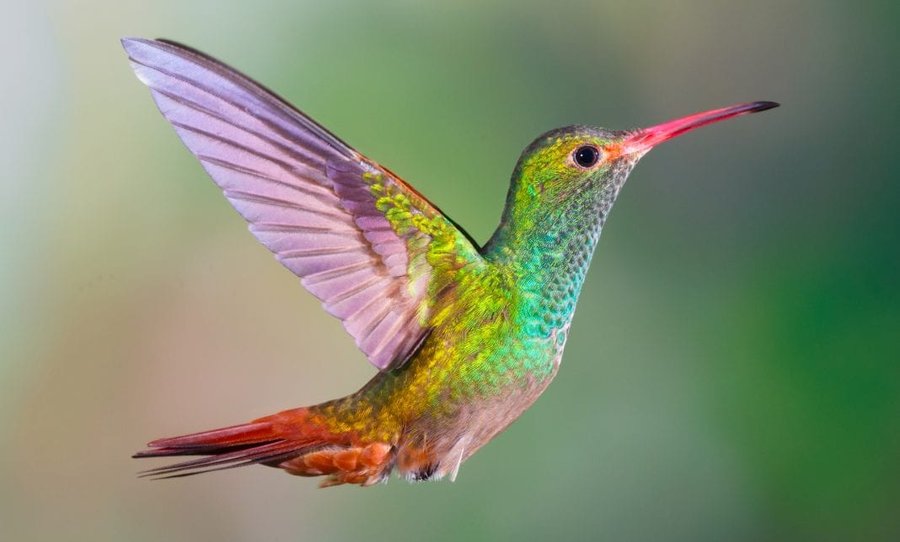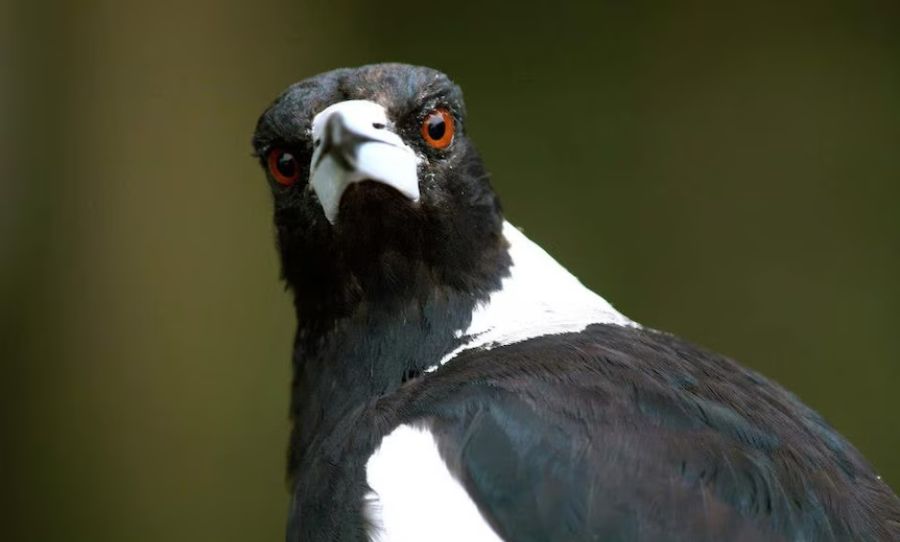A new experiment has revealed that thanks to the addition of an extra cone in their eye, hummingbirds can observe colours that the human cannot.
According to researchers, wildlife with the extra cone can see an even greater spectrum of colours by being sensitive to more kinds of light wavelengths.

New research reveals that thanks to the presence of an extra cone in their eye, hummingbirds can perceive colours that humans can’t.
The experiment involved wild broad-tailed hummingbirds from Colorado and found that their ability discriminate non-spectral colours plays an important role in their mating and feeding behaviours.
While humans have three kinds of colour sensitive cone cells in their eyes, birds have four, which allows them to process extra differences within different kinds of colours.
As with most primates, humans are limited to trichromatic colour, made up from a blend of red, green, and blue light. On the other hand, birds are tetrachromatic. Accordingly, they have the potential to perceive colours like ultraviolet green, ultraviolet yellow, and ultraviolet purple, confirmed by the results from the tests conducted in Colorado by Princeton University.
The hummingbirds were each clearly able to discern spectral-coloured feeders from feeders in nonspectral colours, a feat which evolutionary biologist Mary Stoddard described as one of the most “exciting and remarkable things” she has ever witnessed.


